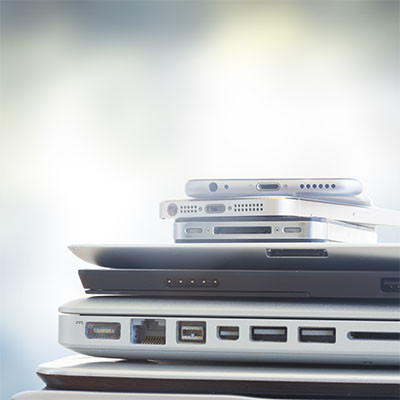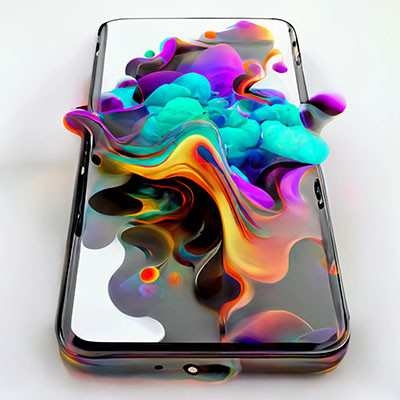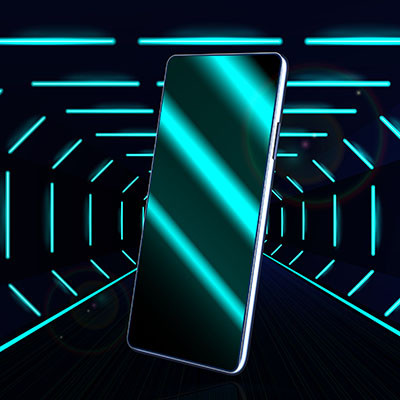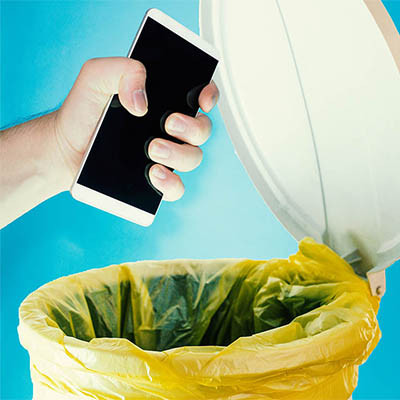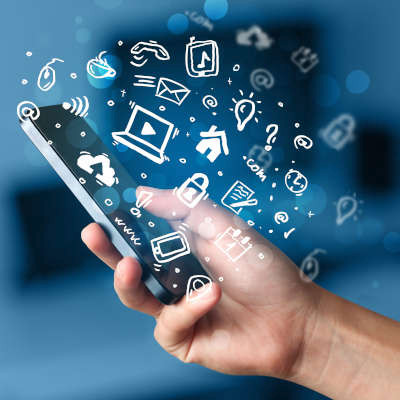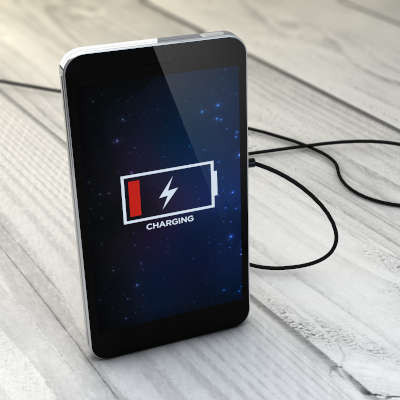CIT Solutions Blog
Mobile devices like smartphones have become synonymous with productivity, allowing people to get work done while on-the-move, yet in the same breath, you could say they are synonymous with distraction. With the right practices and the right apps, however, you can mitigate these challenges and be quite productive with a smartphone. Let’s explore how.
We discuss phishing often on this blog, and one method that often flies under the radar is smishing, or phishing that is conducted through SMS messages. Although email phishing is perhaps the most common method of conducting these scams, you should also be prepared to take on smishing, as it comes with its own share of unique challenges and dangers.
Each year, we take some time and take a look at the most interesting new smartphones that are being released. Over the past few years, fewer companies are making smartphones and throughout the whole industry, innovation has seemed to slow. Whether this is a result of rigid market dynamics, supply shortages, or the extraordinary costs it takes to manufacture and source components, it has taken some of the largest technology companies in the world—such as Amazon, LG, and HTC—out of the market and presented limited opportunities for other global technology leaders such as Microsoft, Sony, and Nokia.
Technology gets better and more efficient over time, and smartphones are one of today’s standout examples. Although their growth has stagnated a bit in recent years, it’s no small thing to say that smartphone innovation has really taken off, offering extremely fast processors, data storage in the cloud, and so much more. Let’s go over what you might look at when you purchase a new smartphone.
Remember about a decade ago when all of the tech experts were predicting that most work would be done on a touch-screen device, prompting many professionals to purchase the latest and greatest tablets? Although tablet sales have not kept up over the years, they are still perfectly usable for personal purposes—maybe just not in the workplace. Still, we have to ask, is there a place for tablets in the office environment?
It is a well-known and unfortunate fact that technology does not last forever, and in today’s era of upgrades, no time has this been more true than in the modern day. Therefore, it makes sense for businesses to have a plan in place for when it does come time to replace older devices. This, of course, involves the proper disposal of connected devices, a practice that could very easily be done in a way that is both destructive to the environment and devastating for data privacy if done improperly. We’re here to make sure this doesn’t happen.
The average person checks their phone 58 times a day. With so much use, many users want to know that they have a powerful smartphone that will give them the best chance of having the proper tool when they need it. The flagship smartphones—being the best devices each manufacturer releases each year—typically give users all the bells and whistles they need to be successful. Let’s take a look at some of the top smartphones available right now.
If there’s one trend that is going to continue having an impact on a business’ technology, it’s mobility. People are simply doing more while mobile, having the technology to shop, manage their finances, and yes, work productively. Let’s pause and consider how a small business could leverage this mobility to its benefit.
Considering how much as we rely on our mobile devices each day, it comes as no surprise how stressful the “LOW BATTERY” notification can be. While you might assume that it only seems to appear earlier and earlier in the day, there are in fact a variety of conditions that cause your device to die much faster. That’s why we wanted to share a few tips to help you understand what is happening to your battery, and what you can do to manage its longevity a little better.


